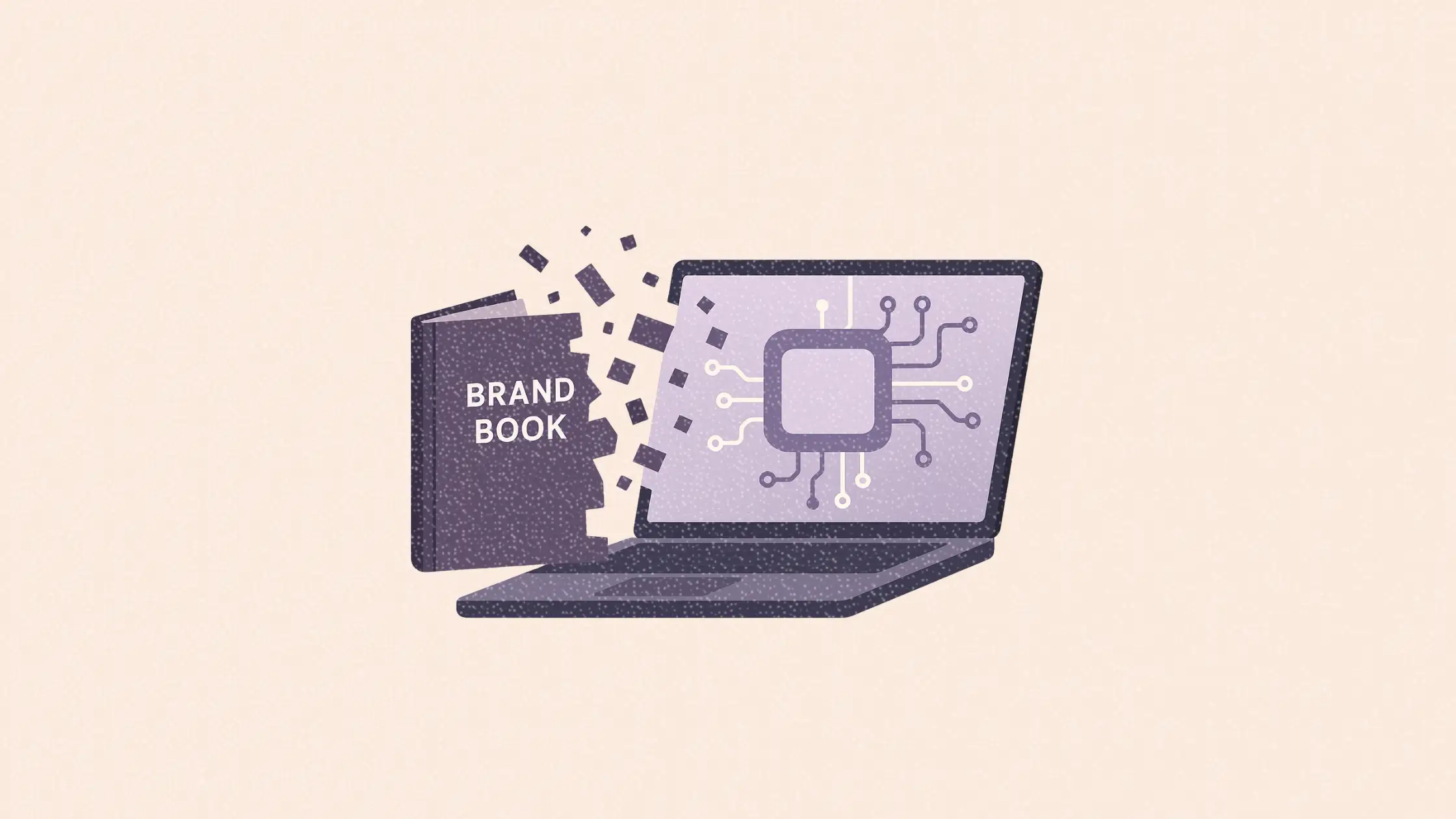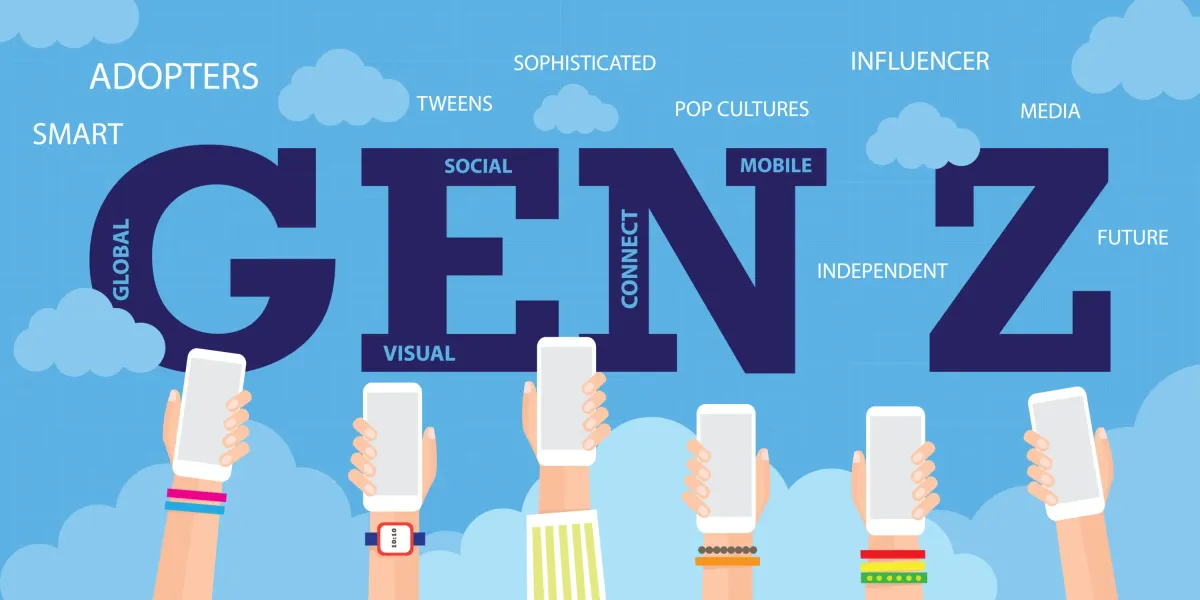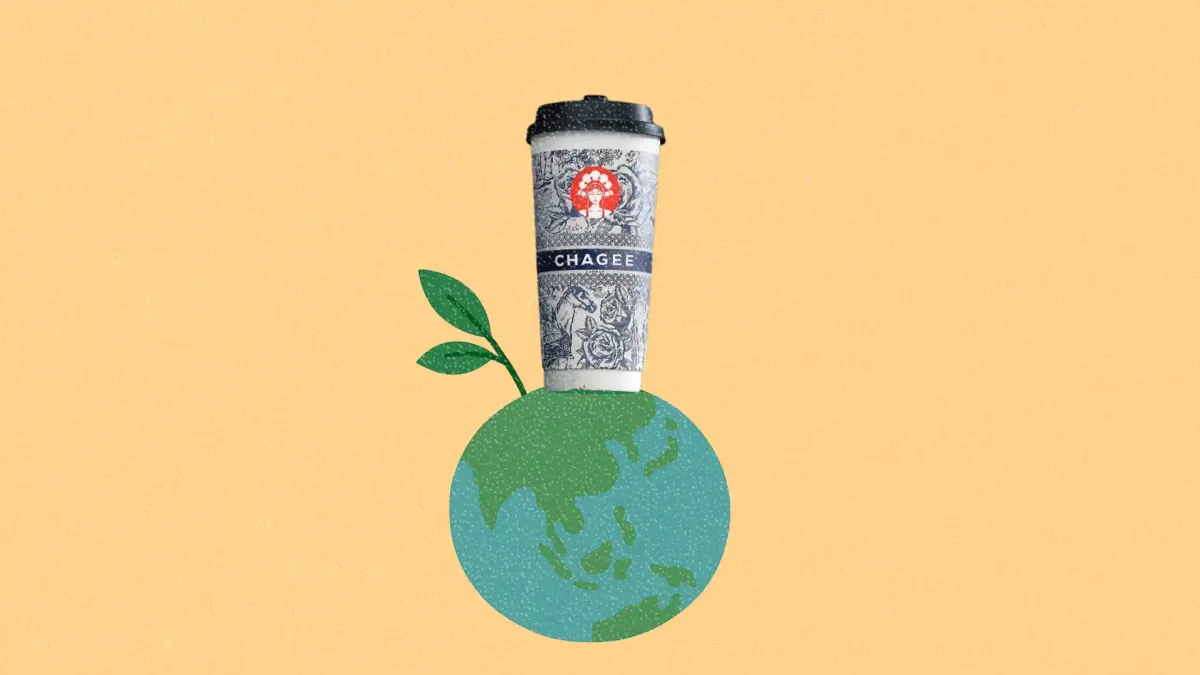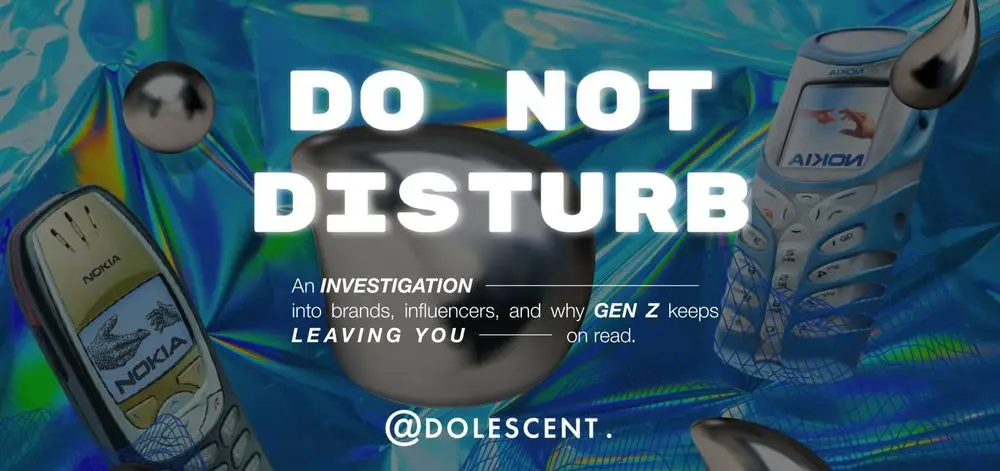Why the brand book is dead and how to build a brand OS instead
Why static brand guides no longer work and how to build a living brand system that adapts in real time

For decades, marketers relied on a brand book as the definitive guide to identity—complete with logos, taglines, and color palettes designed to build recognition and trust. But in today’s chaotic media landscape, those rigid playbooks no longer hold up.
Cultural norms are shifting by the day. Tech platforms are evolving even faster. And with consumers constantly engaging across platforms—from TikTok trends to customer support chats—brands face a new mandate: stay consistent while remaining adaptable.
This article explores how brands can replace static rules with a living, responsive system: the brand OS.
Short on time?
Here’s a table of contents for quick access:
- Why static brand books no longer work
- How to think about brand identity as a mosaic
- What a brand OS looks like in practice
- Tools and tactics to power your brand operating system

Why static brand books no longer work
The traditional brand guide was built for a world of one-way marketing: billboards, TV ads, and glossy brochures.
But today’s consumers encounter brands through a thousand micro-interactions—many of them user-driven, contextual, and platform-specific.
Modern brand identity isn’t forged through repetition alone. It’s shaped by a brand’s vibe, voice, and ability to show up authentically in real-time moments. That means brand teams need more than consistency—they need creative agility.

Think of brand identity as a mosaic, not a monolith
Instead of one unchanging image, think of your brand identity as a mosaic: a dynamic composition made up of many pieces—social posts, influencer partnerships, email signatures, app interfaces, event booths, and more.
Nike’s real-time alignment with social movements and Apple’s evolving launch narratives are perfect examples. Every touchpoint becomes a tile in the mosaic, helping the brand catch light from different angles and reflect audience perspectives.
To manage this complexity, marketers must shift focus from rigid visual consistency to emotional fluency—understanding how each message or moment contributes to the larger brand experience.

What a brand OS looks like in practice
A flexible brand doesn’t mean a chaotic one. Like a well-designed operating system, a brand needs both structure and adaptability.
Here’s how to break it down:
1. Core architecture (the "kernel")
This includes your purpose, values, and north star principles—elements that should never change.
2. Behavioral APIs
These are the guidelines for how your brand acts in the world—tone of voice, community engagement, visual identity. They can flex depending on context, platform, or trend.
3. User interface
This is where the rubber meets the road—how your audience experiences your brand through content, customer service, product UX, or event activations.
By organizing your brand like a system, you make evolution feel like an upgrade, not a rebrand.

Tools and tactics to power your brand OS
Here’s a quick checklist for marketers looking to modernize their brand identity system:
1. Define your core architecture
- Clarify your brand’s purpose and non-negotiable values
- Identify interaction patterns and where flexibility is welcome
- Set rules for what must remain consistent
2. Establish active feedback loops
- Monitor cultural trends and user sentiment in real time
- Track performance of branded content across platforms
- Use audience insights to guide tone, format, and message choices
3. Build update cycles into your workflow
- Daily: Social voice, platform replies, trend reactions
- Monthly: Campaign themes, influencer collabs
- Quarterly: Visual refreshes, UX tweaks
- Annually: Strategic pivots or brand recalibrations
4. Balance AI tools with human touch
- Use AI to scale content ideation, social listening, and scheduling
- Let human teams handle storytelling, nuance, and emotional resonance
- Make AI a co-pilot, not the driver
The stakes for brand teams have never been higher. A misaligned post can spark backlash; a viral moment can redefine perception. Flexibility isn’t optional—it’s foundational.
Brands that operate like bebop musicians—sticking to core rhythms but riffing with style—will create deeper connections, drive engagement, and future-proof their identity.
Marketers who embrace the brand OS mindset won’t just survive the chaos—they’ll shape culture in real time.







